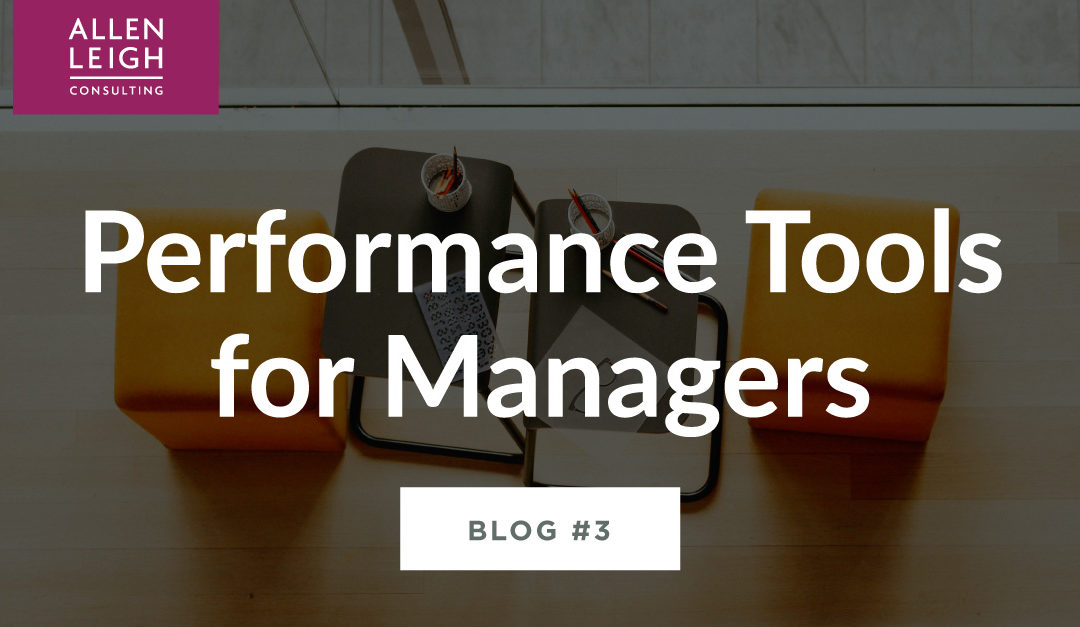Performance conversations are part of the core activities of a leader-manager. Performance conversations provide an opportunity for leaders to sit with direct reports and provide real-time feedback on what is working, what isn’t and what needs to change. It’s essential that a leader-manager knows how to execute an effective annual performance conversation as these meetings set the stage for the entire year.
Frequent conversations about performance and development are important to keep employees motivated and focused on taking steps to achieve established goals as they encourage employees with immediate feedback. But to be most effective these check-in meetings require an annual formal summary conversation that gives staff an opportunity to reflect on what he/she has achieved compared to what was expected and how the direct report is performing overall.
I’ve laid out 3 things to keep in mind when setting up annual performance conversations and what leader-managers need to focus on to provide the best feedback as well as a 5 step process to executing top-notch performance conversations pertaining to work performance and additional pointers for discussing compensation.
3 KEYS TO EXECUTING EFFECTIVE PERFORMANCE CONVERSATIONS
Measuring What Matters
Providing feedback on HOW a colleague or direct report has gone about achieving their results for the year, is just as important as the results themselves. Relying only on KPIs or key metrics can disregard important performance factors such as contribution to the team, commitment to culture and overall team spirit. This is why, any performance tool you use should measure the direct report on TWO axis:
The What
- Getting Results (What’s gotten done)
- Biggest Accomplishments (What are you most proud of achieving)
The How
- Overall Contribution in how you went about achieving your results
Choosing the Right Performance Factors
Any performance tool you use, should include comments on all SIX Key Performance Factors (KPF).
- Team Spirit: Contribution to team culture and living the values of the Company
- Skills for the Role: Ability to perform core roles & responsibilities of role with little or no coaching and consistently over time
- Problem Solving: Analytical skills applied to work situations (problem solving)
- Ability to Execute: Delivering consistently on assigned tasks and projects
- Leadership (or Emerging Leadership): Taking the lead on problems, projects, being pro-active and owning results personally
- Presence at Work: Ability to make him/herself heard in an increasingly large organization while being actively present in meetings contributing well to overall results
If there are any other specific job related skills that should be evaluated, include them here. But keep the number small. No more than 7 or 8. Evaluating on more than 8 doesn’t offer any additional benefit.
adopted from Google Works
Using Ratings that Matter
Use a rating scale that makes sense to you and your team. Numeric ratings have been found to decrease performance rather than act as a motivator. The best use some kind of descriptive system. Our favourite rating is:
Superb – Exceptional year. Delivered exceptionally on all key targets and contributed well beyond the expectations of the role.
Exceeds Expectations – Strong Performer. Consistently delivers exceptional results, is a model for others to follow.
Consistently Meets Expectations – Consistent Performer. Meets expectations in most areas but needs some improvement in others.
Needs Improvement – Opportunity for Growth. Needs significant improvement quickly.
MASTERING THE PERFORMANCE CONVERSATION PROCESS
5-Step Performance Review Process
Performance reviews normally occur at year-end so we can reflect on results against annual objectives. For new staff, we also conduct an “Initial Assessment” at or before three months to reflect on fit, clarify the goals for the upcoming time period, and identify areas for growth.
During the evaluation process, managers will review staff members’ work products and the results they have attained. In addition, managers may also reach out to staff members’ teams, colleagues from other departments, and/or people outside the organization for additional feedback.
The evaluation process consists of five main steps.
- The staff member completes a self-review and sends it to the manager. The manager then drafts his or her review.
2. The manager participates in a calibration meeting to seek input on performance feedback from managers across the business.
3. The staff member and manager meet to review each section of the evaluation, highlighting key points, discussing questions, and summarizing conclusions. At the end of the meeting, the manager summarizes any overarching conclusions and next steps.
4. If there are specific areas where improvement or development work is needed, in most cases the manager and staff member will agree on a plan and then assess progress against this plan in the coming weeks and months.
5. The manager’s evaluation is placed in the employee’s personnel file. (In rare cases, the manager may wish to edit the evaluation to reflect new conclusions that have emerged during the evaluation discussion)
Salary Review Process
The salary review process is a separate meeting which is to be had 1-month after the assessment meeting.
Conversation Tips
To make the meeting to discuss the evaluation as useful as possible:
· Meet in person if at all possible.
· Be sure to allow enough time for the conversation so that it doesn’t feel rushed.
· The staff member should summarize what she’s taking away as the key points of the evaluation and ask any clarifying questions.
· Highlight and discuss any areas where the manager’s evaluation differed from the staff member’s self-evaluation.
· Agree on any concrete steps for professional development (and where possible, put reminders in calendars to talk about progress against aims).
Don’t Have an Organization-Wide Tool?
Performance reviews normally occur at year-end so we can reflect on results against annual objectives. For new staff, we also conduct an “Initial Assessment” at or before three months to reflect on it, clarify the goals for the upcoming time period, and identify areas for growth.
Take a look at the tool we’ve created for our performance evaluations and feel free to make it your own!
Download Performance Evaluation Tool HERE.






